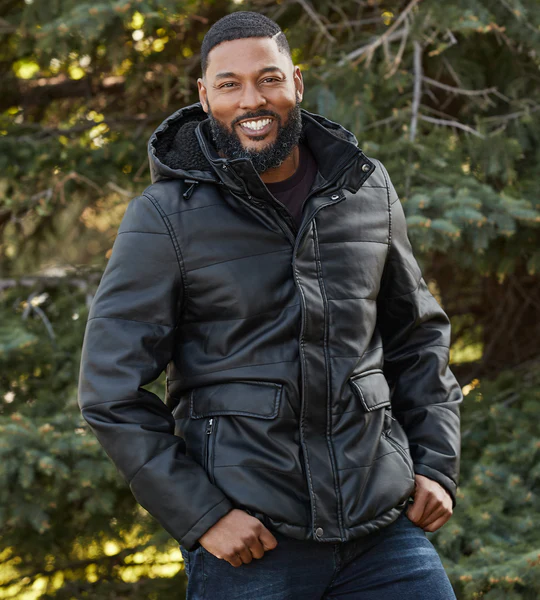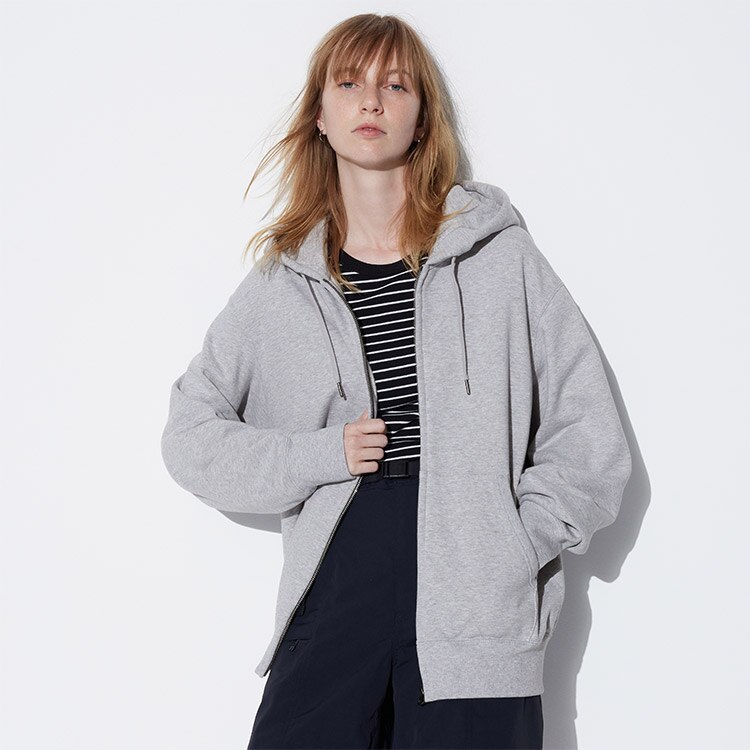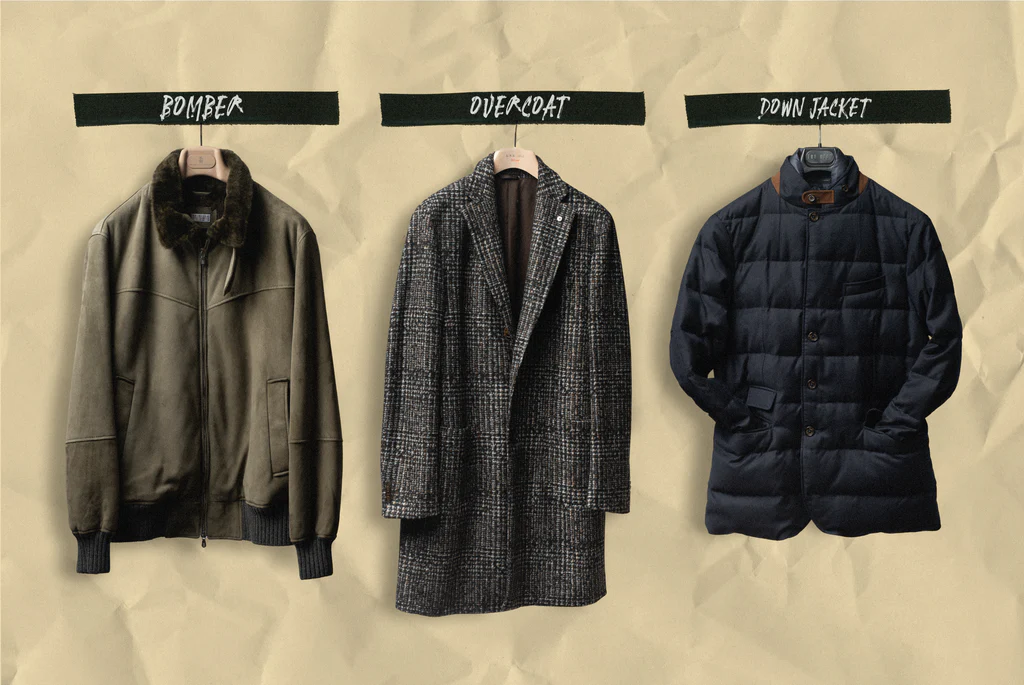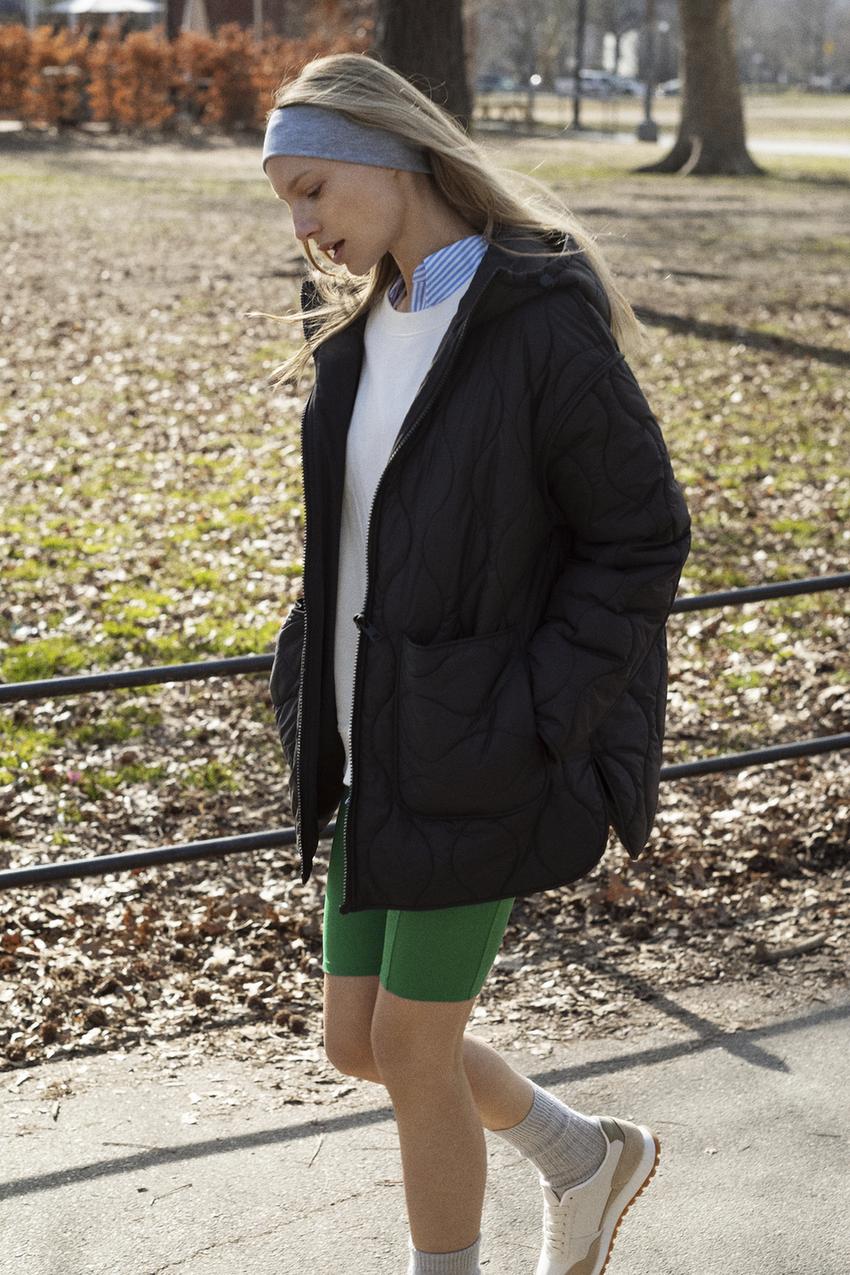Title: The Business of Outerwear: Market Insights and Consumer Preferences in Winter Apparel
Introduction:
As temperatures drop and winter approaches, the demand for outerwear escalates, making it a lucrative segment within the fashion industry. From cozy parkas to stylish wool coats, winter apparel encompasses a diverse range of garments designed to keep consumers warm and fashionable during the colder months. In this article, we delve into the business of outerwear, examining market insights and discerning consumer preferences that shape the winter apparel industry.
Market Insights:
1. Seasonal Trends and Fashion Cycles:
– The outerwear market experiences seasonal fluctuations, with demand peaking during the winter months. Fashion trends play a significant role in driving consumer preferences, with designers and retailers releasing new collections each season to capitalize on evolving tastes.
– Key trends in winter outerwear often include innovations in materials, silhouettes, and color palettes, influenced by runway shows, street style, and cultural movements.
2. Performance and Functionality:
– In addition to style considerations, consumers prioritize performance and functionality when selecting winter outerwear. Garments engineered with advanced insulation, waterproofing, and windproofing technologies cater to consumers seeking protection from harsh weather conditions.
– Features such as adjustable hoods, storm flaps, and multiple pockets enhance the functionality of outerwear, offering convenience and utility to wearers.
3. Sustainability and Ethical Practices:
– With growing environmental awareness, sustainability has emerged as a significant factor shaping consumer preferences in the outerwear market. Brands incorporating eco-friendly materials, such as recycled polyester or organic cotton, and adopting ethical manufacturing practices are gaining traction among environmentally conscious consumers.
– Transparency regarding supply chain practices, responsible sourcing, and efforts to minimize environmental impact resonate with consumers seeking socially responsible outerwear options.
4. Digital Transformation and E-Commerce:
– The outerwear market has witnessed a shift towards online retail, facilitated by the proliferation of e-commerce platforms and digital technologies. Consumers increasingly prefer the convenience of shopping for winter apparel online, aided by features such as virtual try-on tools and augmented reality experiences.
– Brands investing in omnichannel strategies and enhancing their online presence through engaging content and seamless shopping experiences are well-positioned to capitalize on the growing demand for winter outerwear in the digital realm.
Consumer Preferences:
1. Warmth and Comfort:
– Above all, consumers prioritize warmth and comfort when selecting winter outerwear. Insulating materials such as down, synthetic fills, and wool are favored for their ability to provide insulation without adding bulk, allowing wearers to stay cozy and comfortable in cold weather conditions.
2. Style and Aesthetics:
– Style remains a crucial factor influencing consumer purchasing decisions in winter outerwear. Trends such as oversized puffer jackets, shearling-lined coats, and tailored wool-blend coats continue to resonate with fashion-conscious consumers seeking both functionality and style.
– Versatile designs that can be easily layered and styled for various occasions appeal to consumers seeking outerwear that seamlessly transitions from day to night.
3. Durability and Quality:
– Consumers value durability and quality in winter outerwear, expecting garments to withstand the rigors of seasonal wear and last for multiple seasons. Brands that prioritize craftsmanship, use premium materials, and employ robust construction techniques earn consumer trust and loyalty.
– Features such as reinforced stitching, durable water-repellent finishes, and abrasion-resistant fabrics contribute to the longevity and durability of outerwear garments.
4. Value Proposition:
– While price remains a consideration for consumers, value proposition plays a significant role in purchasing decisions. Consumers are willing to invest in winter outerwear that offers superior quality, durability, and functionality, even if it comes with a higher price tag.
– Brands that communicate their value proposition effectively, highlighting the performance features, sustainability initiatives, and timeless design of their outerwear, can justify premium pricing and differentiate themselves in a competitive market landscape.
Conclusion:
The outerwear market is characterized by evolving trends, technological advancements, and shifting consumer preferences, making it a dynamic and competitive segment within the fashion industry. By staying attuned to market insights and understanding consumer preferences, brands and retailers can develop innovative winter apparel offerings that resonate with consumers seeking warmth, style, and sustainability. As winter approaches, the demand for outerwear presents ample opportunities for businesses to thrive by delivering on the evolving needs and desires of consumers.



